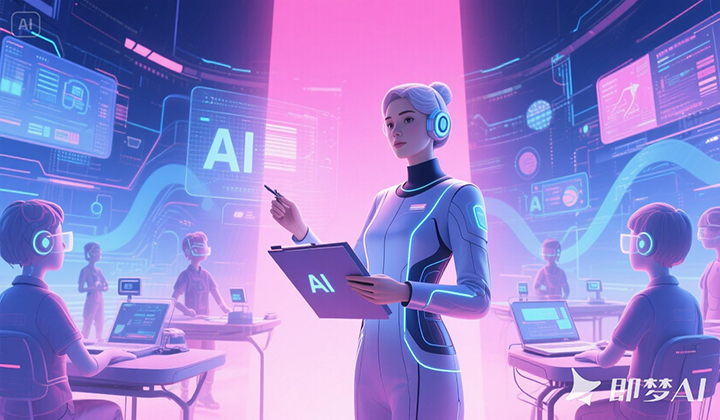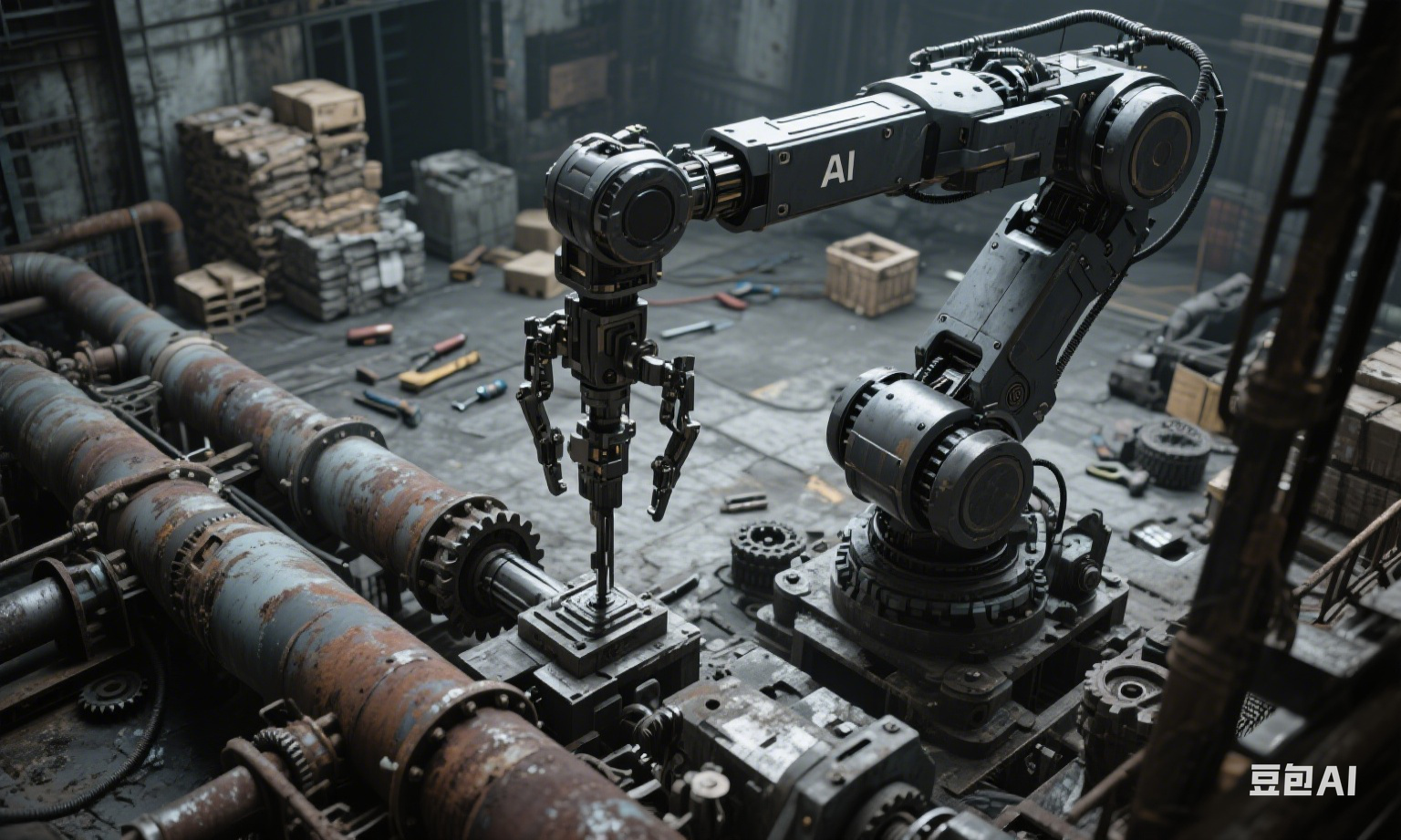AI in Writing: Transforming Creativity and Productivity
观棋 2025-06-09
In the digital age, artificial intelligence (AI) has emerged as a transformative force across industries, and the realm of writing is no exception. From generating marketing copy to assisting academic research, AI-powered tools are revolutionizing how we create, edit, and communicate ideas. This article explores the profound impact of AI on writing, examining its applications, benefits, challenges, and the evolving relationship between human creativity and machine intelligence.
AI in Writing: Transforming Creativity and Productivity
In the digital age, artificial intelligence (AI) has emerged as a transformative force across industries, and the realm of writing is no exception. From generating marketing copy to assisting academic research, AI-powered tools are revolutionizing how we create, edit, and communicate ideas. This article explores the profound impact of AI on writing, examining its applications, benefits, challenges, and the evolving relationship between human creativity and machine intelligence.
The Rise of AI Writing Tools
The development of natural language processing (NLP) has enabled AI systems to understand, generate, and manipulate human language with remarkable precision. Tools like GPT-4, Jasper, and Grammarly represent different facets of this revolution. Grammarly, for instance, acts as a sophisticated proofreader, identifying grammatical errors, suggesting style improvements, and even adapting tone to match the intended audience. On a more advanced level, generative AI models can draft entire essays, stories, or business documents based on simple prompts, demonstrating fluency in multiple languages and genres.
In academic settings, AI assists researchers by summarizing lengthy papers, generating literature review outlines, and even suggesting citation improvements. In content marketing, tools like CopyAI help create engaging product descriptions, social media posts, and email campaigns, significantly reducing the time spent on brainstorming and drafting. These applications highlight AI's role not as a replacement for human writers but as a powerful collaborator that enhances productivity and expands creative possibilities.
Enhancing Creativity through Collaboration
Contrary to fears that AI might diminish human creativity, it often serves as a catalyst for innovative thinking. Writers use AI to overcome writer's block by generating initial ideas or alternative perspectives. For example, a novelist might input a basic plot premise into an AI story generator and receive unexpected character developments or scene suggestions, sparking new creative directions. Poets experiment with AI to explore unconventional rhyme schemes or imagery, blending machine-generated lines with their own artistic intuition.
AI also democratizes access to writing. Aspiring writers who once struggled with language proficiency or self-doubt can now use AI to refine their work, gaining confidence to share their voices. In education, students leverage AI tutors to improve writing skills, receiving instant feedback on structure, clarity, and argument development. This collaborative approach fosters a culture where technology enhances human potential rather than overshadowing it.
Challenges and Ethical Considerations
While the benefits of AI in writing are substantial, they are accompanied by important challenges. The most pressing issue is authenticity. As AI produces content that mimics human writing, distinguishing between machine-generated and original work becomes increasingly difficult. This raises concerns about plagiarism, misinformation, and the erosion of trust in written communication. For instance, automated bots can generate fake news articles or academic essays, undermining the integrity of information and education.
Ethical questions also surround data privacy and bias. AI models are trained on vast datasets that may contain discriminatory language or outdated stereotypes, inadvertently reproducing these biases in their outputs. Writers must critically review AI-generated content to ensure it aligns with ethical standards and avoids perpetuating harmful stereotypes. Additionally, the commercialization of AI writing tools raises debates about copyright ownership—who holds the rights to content created through human-AI collaboration?
The Future of Writing: Human-AI Synergy
Looking ahead, the future of writing lies in the seamless integration of human creativity and AI efficiency. Writers will increasingly rely on AI for routine tasks like drafting first outlines, fact-checking, and language optimization, allowing them to focus on the uniquely human aspects of writing: emotional resonance, critical thinking, and original insight. AI may even assist in creating multilingual content, breaking down linguistic barriers and enabling global communication.
However, maintaining the human touch will remain essential. The most compelling writing still requires empathy, personal experience, and the ability to connect with readers on a deep level—qualities that AI, for all its technical prowess, cannot fully replicate. The key is to strike a balance where technology serves as a tool for enhancement rather than a substitute for human ingenuity.
Conclusion
AI has indisputably transformed the landscape of writing, offering unprecedented tools for productivity, creativity, and accessibility. While challenges like authenticity and bias demand careful navigation, the potential for human-AI collaboration to elevate written communication is enormous. As we embrace these technologies, we must remember that the heart of great writing lies in the human mind—AI is simply the pen that helps us write faster, better, and more innovatively. In this partnership, both machines and humans stand to gain, ensuring that the art and craft of writing continue to thrive in the digital era.












